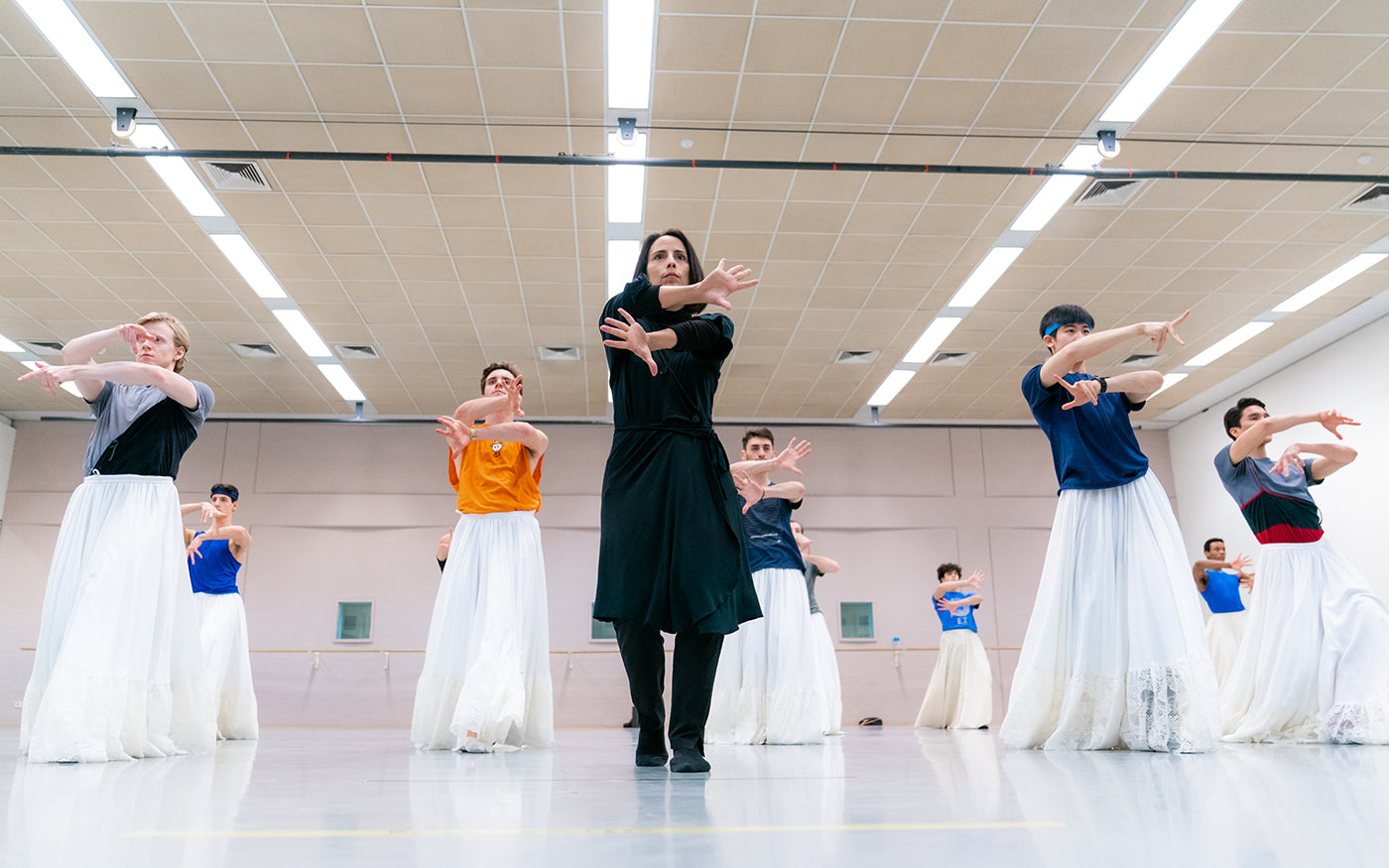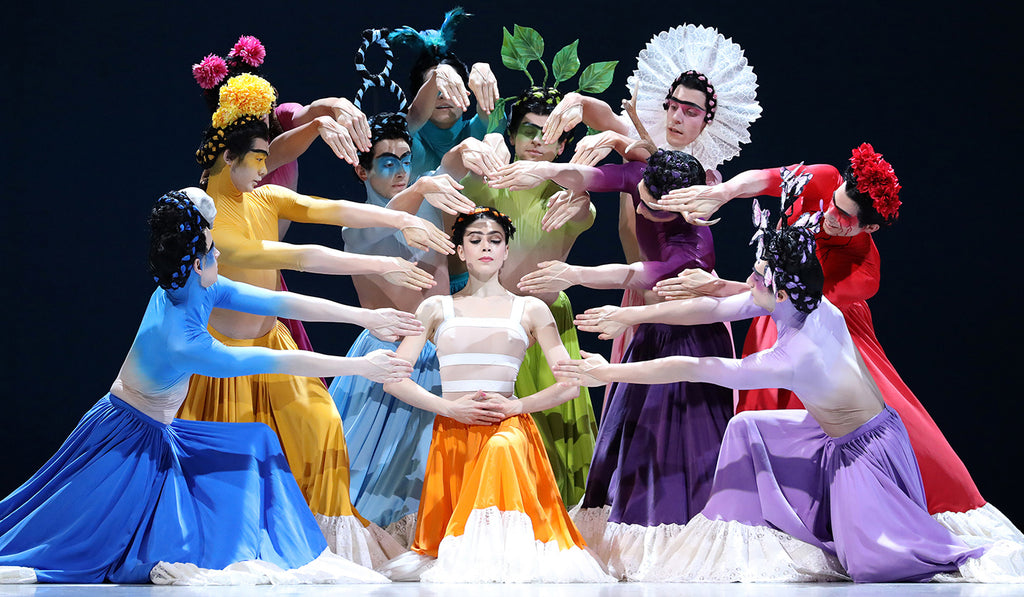Mishima’s Muse
Japan Society’s Yukio Mishima centennial series culminated with “Mishima’s Muse – Noh Theater,” which was actually three programs of traditional noh works that Japanese author Yukio Mishima adapted into modern plays.
Plus
World-class review of ballet and dance.
From the Joffrey Ballet of Chicago and Ballet Hispánico, to the Royal Ballet of Flanders and Danza Contemporanea de Cuba, choreographer Annabelle Lopez Ochoa has covered the terpsichorean waterfront. Indeed, the in-demand maker, who is half-Columbian and half-Belgian, has, at last count, created works for some 77 companies. Among those dances is her full-length “Frida,” which will be performed by Dutch National Ballet in its first appearance at the Los Angeles Music Center July 14-16, when the work receives its US debut.



“Uncommonly intelligent, substantial coverage.”
Your weekly source for world-class dance reviews, interviews, articles, and more.
Already a paid subscriber? Login

Japan Society’s Yukio Mishima centennial series culminated with “Mishima’s Muse – Noh Theater,” which was actually three programs of traditional noh works that Japanese author Yukio Mishima adapted into modern plays.
PlusThroughout the year, our critics attend hundreds of dance performances, whether onsite, outdoors, or on the proscenium stage, around the world.
PlusOn December 11th, the Alvin Ailey American Dance Theater presented two premieres and two dances that had premiered just a week prior.
PlusThe “Contrastes” evening is one of the Paris Opéra Ballet’s increasingly frequent ventures into non-classical choreographic territory.
Plus
comments